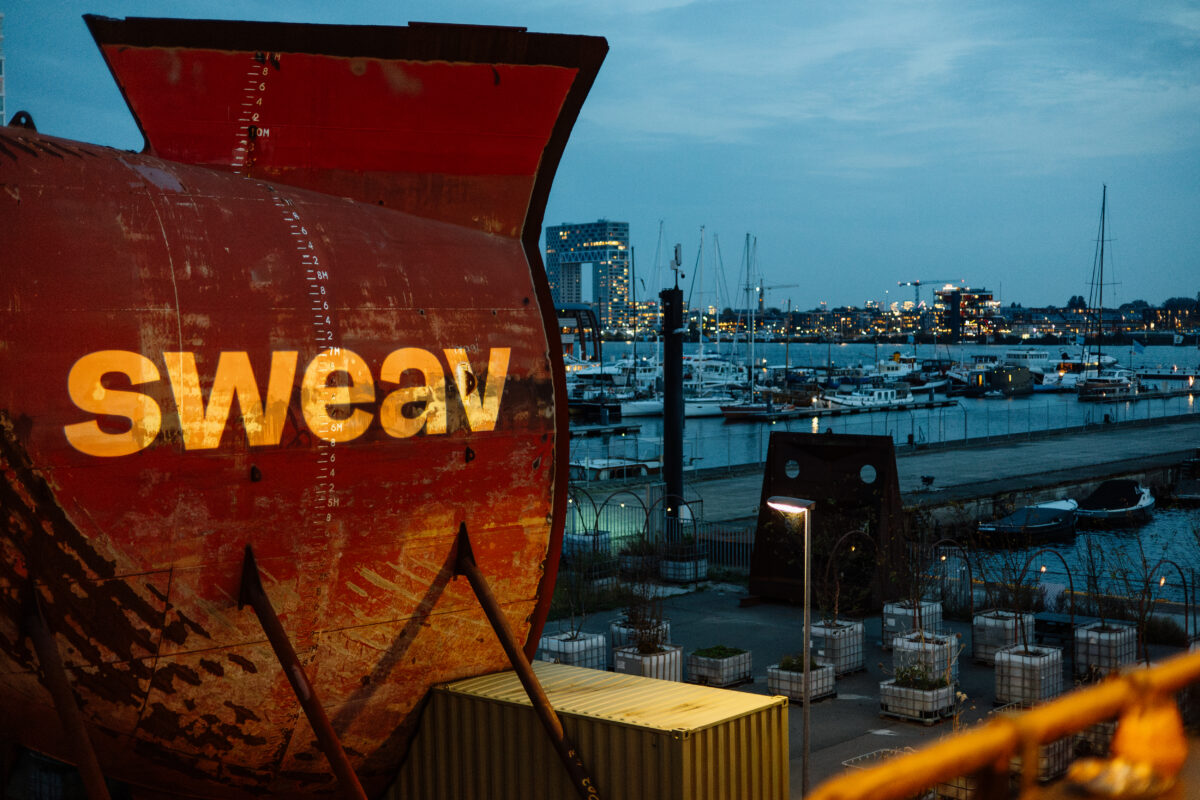


Without a doubt, the current economic environment forces companies across all sectors to find new ways to boost their balance sheets and deliver shareholder value. M&A transactions, specifically divestitures, represent an excellent avenue to accomplish this. In this vein, companies identify and divest the low-performing divisions or those that are not part of the company’s core business.
In short, a carve-out is a partial divestiture of a division. Under these circumstances, the parent company (“RemainCo”) creates a new company out of the division and sells a minority interest in this new company (“DivestCo”). However, carve-outs are complex transactions that require significant planning and execution efforts to ensure a successful outcome and avoid value destruction. If poorly executed, the transaction might lead to operational disruptions, loss of key customers or employees, and regulatory non-compliance, ultimately negatively impacting the valuations of both RemainCo and DivestCo.
With my extensive experience guiding various firms through complex M&A transactions over the past 8 years, I have identified significant pitfalls and developed a comprehensive understanding of how to prevent them. Moving forward, I will provide valuable insights and recommendations on how to avoid the most common mistakes that can arise during a carve-out.
Insufficient Planning & Preparation
During a carve-out, one of the most common and critical mistakes is underestimating the importance of careful planning and preparation. After all, a carve-out is a multi-faceted process that involves multiple stakeholders, including employees, customers, suppliers, regulators, and investors. The impact on these stakeholders throughout the carve-out should be minimal on both the RemainCo and the DivestCo.
Therefore, inadequate planning and preparation can result in delays, cost overruns, and operational disruptions. For example, suppose the new entity is not fully prepared to take over critical functions such as finance, IT, and HR. In that case, it may struggle to operate independently, leading to customer dissatisfaction, employee turnover, and other problems.
To avoid such problems, companies must invest time and resources in conducting a thorough analysis of the to be carved-out business unit. Furthermore, this analysis should clearly define transaction perimeter, identify key stakeholders and develop a detailed project plan. Companies should also appoint a dedicated, full-time team to manage the end-to-end carve-out process without impacting the business as usual. Too often, divestitures are considered regular strategic projects, but they require specialised and dedicated expertise.
Not anticipating the complexity of a carve-out process
Underestimating the complexity of the carve-out process is another common mistake that companies make. Overall, carve-outs involve navigating a broad spectrum of difficult legal, financial, and operational issues. As one of the most prominent examples, a carve-out often requires renegotiating customer or supplier contracts, transferring intellectual property rights, or establishing new legal entities. The truth is that issues can be time-consuming and require specialised expertise.
To mitigate potential risks, companies should analyse these challenges and create contingency plans to address them. One common contingency plan is to have Transitional Service Agreements (TSAs) in place, including services that cannot be operated independently by the DivestCo upon closing but are still provided by the RemainCo. Having multiple backup TSAs agreed upon before closing is advisable to cover any unforeseen delays. Besides, the usual suspects for TSAs include IT, HR, Payroll, and Finance.
Inadequately Addressing IT & Infrastructure Requirements
Following the closing date, it is important for both companies to have ringfencing measures to ensure that sensitive information is no longer shared between entities. Companies that fail to address their IT and infrastructure needs may face not only significant operational challenges but also risk and compliance issues.
Since the IT domain is complex and specialised, it typically has its own TSA framework agreement in place, which includes stricter SLAs than non-IT services. However, relying only on TSAs can only partially mitigate the IT risks in a carve-out program. Certain IT services or systems may not be feasible for TSA to provide for compliance, privacy or competition law reasons. As a result, most delays in carve-outs typically stem from challenges in the IT domain.
To overcome these challenges, companies should conduct a comprehensive review of the IT and infrastructure needs of the to-be divested entity. This includes reviewing all hardware, software, systems, and data both businesses use to identify all dependencies. Moreover, the buyer and sellers should also consider engaging dedicated IT advisors to provide additional expertise in this area. Having the right expertise onboard also safeguards IT TSA services’ quality, feasibility and compliance.
Limited DD on Intangible Assets such as IP & Software Licenses
Intangible assets are often the most difficult assets to untangle. Unlike physical assets such as a manufacturing plant or real estate, intellectual property (IP) is often shared among business units or divisions.
To manage shared IP, both parties can enter into a license agreement, which enables DivestCo to use the IP in a manner consistent with how the business used it before the acquisition. Negotiating conditions, pricing, and limitations for such a license are crucial, as neither party wants their ongoing operations to be impacted.
Software licenses are another type of intangible assets often shared by the entire group and are business-critical to both companies after closing. Therefore, it is advised that the buyer initiates negotiations for its own licenses well before closing to factor these costs into its valuation and to have its own license available to operate on Day-1. Quite often, software licenses cannot be managed via a TSA, since suppliers often don’t allow their licenses to be shared by two companies. During the due diligence process, license agreements should also be reviewed to determine whether they include a change-of-control clause, which represents an agreement that addresses changes to the ownership structure of a company.
Concluding Thoughts
To wrap up, carving out a division can be a challenging and arduous process. Thus, companies considering a carve-out should invest time and resources in planning and preparation. Besides, it’s also crucial to engage with experienced advisors and communicate with all stakeholders to avoid any misunderstandings. Finally, those going down this route should not forget about addressing all IP, IT, and infrastructure needs early in the process. By steering clear of the typical mistakes discussed in this article, companies can facilitate a smooth transition and maximise value by positioning the new entity for long-term success.





